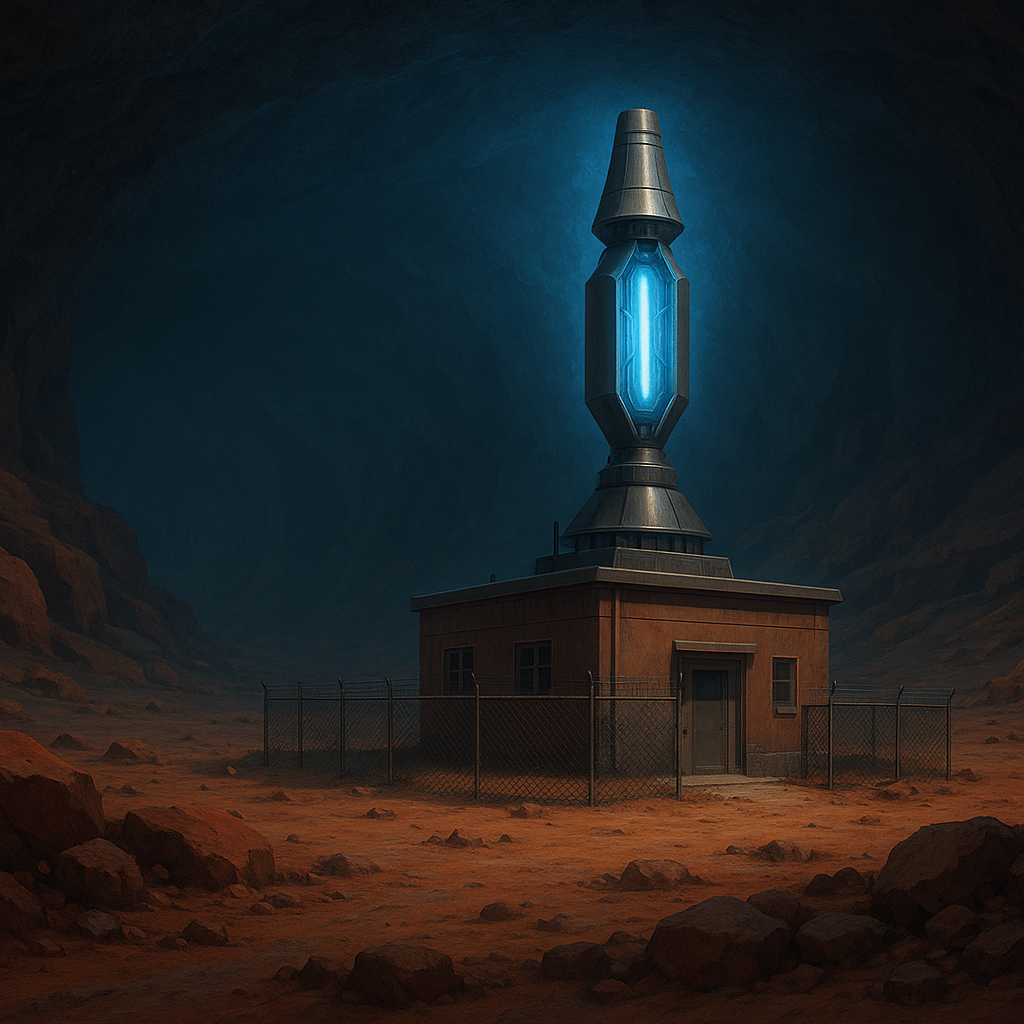
By Chief Engineer Milos Dren, Lead Systems Architect, Deepwell Infrastructure Division
“Gravity isn’t just a convenience. It’s a precision system we build from the ground up—because Mars won’t do it for us.”
Grav Wells—formally known as Localized Quantum Gravitation Wells (LQGWs)—are the invisible backbone of Martian civilization. From city platforms to agricultural caverns and subterranean research zones, these systems ensure stable, Earth-like gravity in environments where natural gravity falls dangerously short.
The Grav Core Anchor
At the center of every Grav Well system lies a Grav Core Anchor. This advanced oscillator creates a sustained distortion in the local quantum field, mimicking Earth-standard gravity. The anchor emits harmonic pulses that ripple outward in all directions, forming a stable gravity field.
Modern core anchors, used in inter-cavern infrastructure and long-distance transit routes, are capable of sustaining field coverage across up to 100 kilometers of radius under optimal conditions. These anchors require deep-bed reinforcement, phase-dampening shielding, and power input from geo-reactors or more commonly Deuterium-helium-3 Fusion Reactors.
Secondary Resonators: Field Extension and Stabilization
Because field strength decays with distance, a network of Secondary Resonators is distributed throughout each cavern. These are not gravitic generators in their own right; rather, they relay and amplify the field signature emitted by the core anchor.
- Function: Maintain gravity consistency across terrain.
- Spacing: Placed strategically to extend the range of Grav Wells, enabling continuous gravitational fields.
- Coordination: All resonators remain in sync with the core’s harmonic frequency. If sync is lost, field warping, levitation zones, or local collapses may occur.
In large chambers—such as the Verdant Veil or the Nova Transit Corridors—resonators maintain continuous gravity even in areas separated by kilometers of uneven terrain, tunnels, or architecture.
